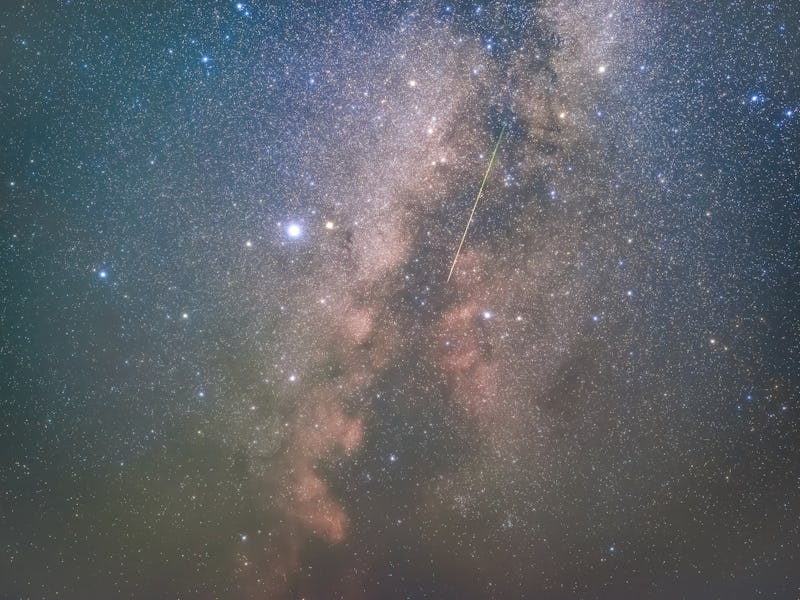How to see the most elusive meteor shower in the sky
This unique shower lights up in the early evening hours in October.

The fall season’s signature meteor shower may be short-lived, but it will light up the early evening skies on October 8 with a spectacular view.
The Draconid meteor shower takes place around the same time each year when the Earth crosses the orbital trail of Comet 21P/Giacobini-Zinner. This humble shower produces a few balls of light every hour, but it is still worth watching on a breezy Friday evening.
Here’s what you need to know about the dazzling sky show.
When is the Draconid meteor shower?
The shower is active between October 6 to 10, peaking on October 8.
Although you can still view the shower on the evening of October 7 and 9, be sure to peek at it when the sky is extra dark.
When is the best time to view the Draconid meteor shower?
Unlike most other meteor showers best viewed in the early morning skies right after midnight, the Draconids are best viewed during the early hours of the evening.
That’s because the Draconid radiant point stands at the highest point in the sky as darkness begins to fall.
Draconid’s radiant point is at the head of the Draco the Dragon constellation in the northern sky. Find the Big Dipper (part of Ursa Major) in the sky and move to your left to find Draco. Portions of Draco run parallel to Ursa Major.
Draco is near Ursa Major, one of the most recognizable constellations in the Northern Sky.
How many meteors per hour do the Draconids have?
The Draconid meteor shower isn’t always a spectacle — many years, the shower peaks at five meteors per hour, offering a humble light show.
But if the meteor shower’s peak happens to fall at the same time when its parent comet is the closest to the Sun, then the Draconid has been known to rain down hundreds and thousands of meteors per hour, which has happened twice before in 1933 and 1946. And in the year 2011, spectators saw the Draconid shower rain down up to 600 meteors an hour.
How to view the Draconid meteor shower
If you live in a crowded city like New York, getting as high up as possible to minimize light pollution is best. So going on a balcony or rooftop is highly recommended.
You also want to block out any light coming from electronic devices or flashlights screens and allow your eyes to get accustomed to the darkness for around 30 minutes before you look up.
Find Ursa Major or use a night sky app to identify Draco, and watch it closely to see the meteors entering the atmosphere and shining their telltale streaks.
The Draconid meteor shower is humble, but also very convenient since it can be viewed in the early hours of the evening.
What is the origin of the Draconid meteor shower?
The Draconids are the remnants of Comet 21P. The comet has an unusual path that brings it as near as the orbit of Venus and as far as Jupiter. Comet 21P stretches about 1.24 miles in diameter and orbits the Sun every six and a half years.
The ice and rock debris that falls from the comet collide with Earth’s upper atmosphere when our planet crosses the comet’s path, resulting in the meteor shower.
This article was originally published on